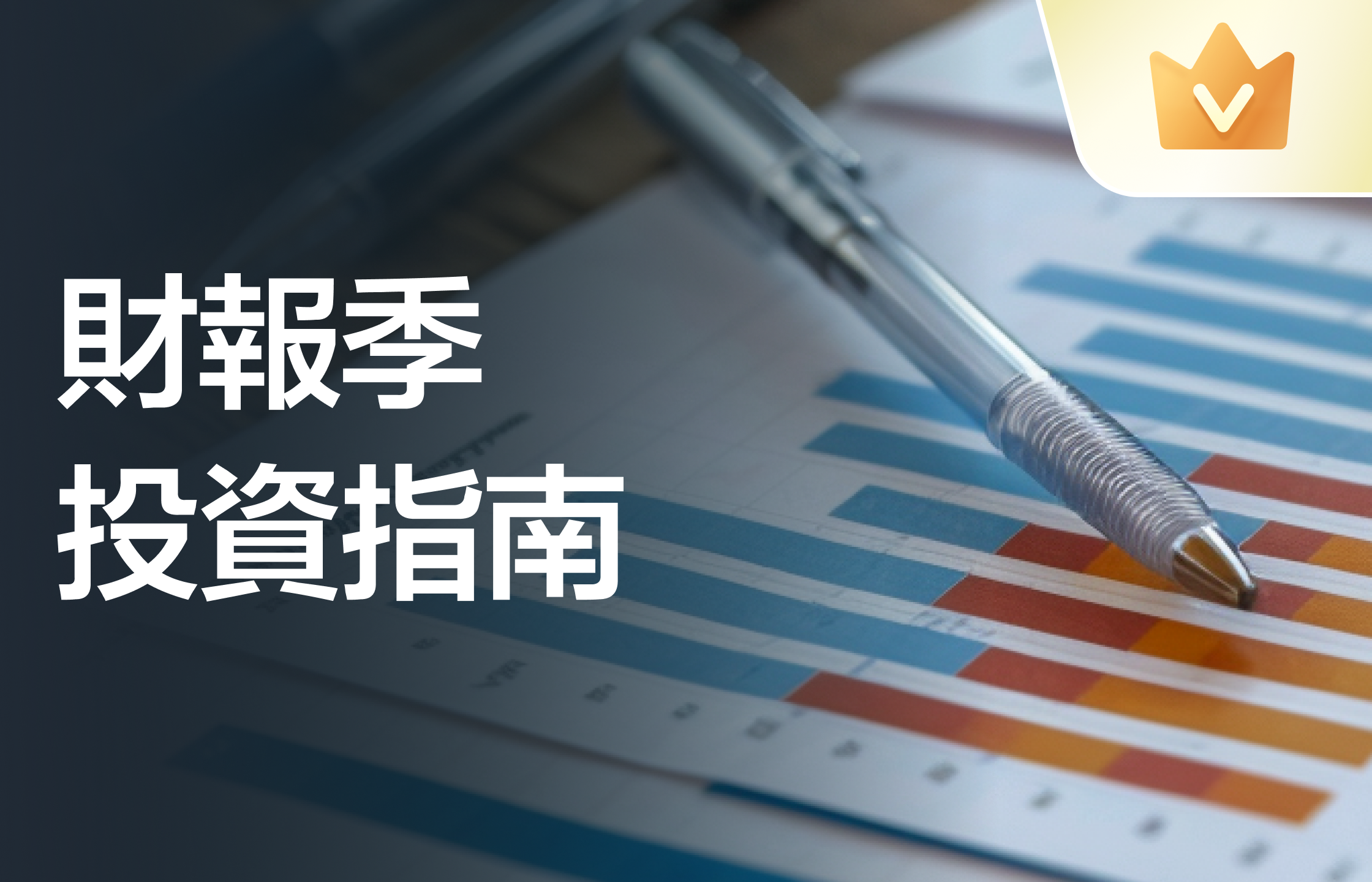事件:交通銀行披露2024 年中報,1H24 實現營收1323.5 億元,同比下降3.5%,實現歸母淨利潤452.9 億元,同比下降1.6%。2Q24 不良率季度環比持平1.32%,撥備覆蓋率季度環比提升7.8pct 至205%,超預期。
非息拖累下,營收、業績增速轉負,低於預期:1H24 營收同比下降3.5%(1Q24:0%),影響歸母淨利潤同比下降1.6%(1Q24:+1.4%),均低於前瞻中預期(營收0.1%,淨利潤2.0%)。從驅動因子來看,① 息差企穩回升、對營收負貢獻度(-1.2pct)較1Q24(-3.7pct)減弱,疊加規模增長正貢獻2.5pct(1Q24:5.0pct),利息淨收入正貢獻營收增速1.3pct(1Q24:+1.4pct)。② 受基數影響,非息收入拖累營收表現:1H24 其他非息收入同比下降10.2%,對業績負貢獻2.2pct。其中,投資收益同比下降11.6%,主因去年個別股權IPO 後估值上升抬高基數、子公司股權類投資收益下降較多。1H24 中收同比下降14.6%,對業績負貢獻度(-2.6pct)較1Q24(-1.2pct)加大,代理業務、銀行卡業務收入同比下降39.5%、19.8%。③ 撥備持續對業績帶來正貢獻:受益於非信貸減值損失的同比少提,上半年撥備對業績正貢獻2.3pct(1Q24:+3.4pct),疊加所得稅正貢獻2.4pct(國債、地方債免稅),帶動淨利潤增速從撥備前的-6.3%提升至-1.6%。
中報關注點:① 首家大行中期分紅方案落地,中期分紅率超32%:上半年擬派發紅利135億(每股分紅0.182 元),佔1H24 歸普淨利潤的32.36%,A 股預計將於2025 年1 月落地。② 2Q24 息差低位環比回升:1H24 息差較2023 年提升1bp 至1.29%,測算2Q24環比提升6bps,預計受益於存款成本改善,1H24 存款成本較2023 年下降12bps。③ 息差壓力下更加註重貸款結構調優:2Q24 貸款同比增長6.1%(1Q24:6.8%),1H24 合計新增3106 億(佔2023 全年47%),其中票據壓降規模近440 億。④ 資產質量平穩,撥備覆蓋率提升超預期。在不良生成平穩背景下,1H24 加大核銷處置力度(覈銷164 億,同比增長38%),使得2Q24 撥備覆蓋率環比提升8pct 至205%。
 零售信貸今年以來延續逐季修復態勢,對公信貸降速調優結構。2Q24 貸款同比增長6.1%(1Q24:6.8%),結構上看,1)零售信貸投放好於預期:2Q24 零售貸款新增540 億(1Q24:287 億),同比多增259 億。其中,非按揭零售發力,消費貸及其他、信用卡、個人經營貸單季度分別新增237 億、141 億、133 億;按揭新增31 億,表現好於1Q24(減少47 億)。2)對公信貸投放放緩,票據持續壓降:2Q24 對公(不含票據)新增184 億,同比少增約362 億元;票據持續壓降,1Q24、2Q24 分別下降360 億、79 億。
零售信貸今年以來延續逐季修復態勢,對公信貸降速調優結構。2Q24 貸款同比增長6.1%(1Q24:6.8%),結構上看,1)零售信貸投放好於預期:2Q24 零售貸款新增540 億(1Q24:287 億),同比多增259 億。其中,非按揭零售發力,消費貸及其他、信用卡、個人經營貸單季度分別新增237 億、141 億、133 億;按揭新增31 億,表現好於1Q24(減少47 億)。2)對公信貸投放放緩,票據持續壓降:2Q24 對公(不含票據)新增184 億,同比少增約362 億元;票據持續壓降,1Q24、2Q24 分別下降360 億、79 億。
除資產端調結構外,負債端成本的顯著改善更是息差企穩的核心變量。1H24 息差1.29%,同比下降2bps,較2023 年提升1bp。從息差影響因子來看:① 負債端,高於同業的存款成本是交行息差落後其他國有大行的主要拖累,但1H24 存款成本較2023 年下降12bps 至2.21%,促使負債成本下行9bps,也是1H24 交行息差低位企穩的主要因素。考慮到2Q24 存款增速季度環比下降1.6 個百分點至0.6%,預計存款掛牌利率下調以及手工補息監管推動存款成本的改善。② 資產端,1H24 收益率較2023 年下行11bps 至3.48%,通過信貸結構調整(零售加碼、票據壓降)以及非信貸資產投放對沖資產定價下行壓力(1H24 同業資產較2023 年提升28bps)。
下階段,考慮到經濟弱復甦下新發生貸款利率仍有下行壓力,穩定息差關鍵在於負債端成本管控,同時相對高收益的零售貸款佔比提升也有望提振資產端定價表現。
零售風險仍值得關注,衝擊前瞻指標小幅波動,但交通銀行已前瞻性加大核銷處置力度、夯實撥備基礎。2Q24 不良率季度環比持平爲1.32%,測算的1H24 年化不良生成率爲0.43%(2023:
0.43%)。細分來看,零售貸款不良率環比提升8bps 至0.98%,信用卡、按揭及個人經營貸不良率分別環比提升13bps、5bps、8bps 至2.32%、0.48%、0.88%;對公全條線改善、對應信貸不良率較年初下降11bps 至1.54%、環比下降4bps,房地產貸款不良率較年初微降2bps至4.97%。從前瞻性指標來看,2Q24 關注率、逾期率環比分別提升13bps、6bps 至1.66%、1.45%,主因零售客群還款能力下降,信用卡、按揭及個人經營貸的前瞻性指標均有不同程度提升。應對潛在的零售及地產風險,交行已加大核銷處置力度,1H24 覈銷規模達164 億、同比增長38%,帶動2Q24 撥備覆蓋率環比提升8pct 至205%。
投資分析意見:交通銀行中報營收、業績表現略低於預期,但在積極調優信貸結構、加強負債成本管控下,息差企穩微升,並且前瞻性考慮潛在零售風險加大核銷處置力度,資產質量保持穩健。
基於審慎考慮,下調非息收入、上調信用成本,下調2024-2026 年盈利增速預測至-0.7%、1.1%、1.7%(原預測爲0.3%、3.1%、4.2%),當前股價對應2024 年PB 爲0.60 倍。交行當前股價對應股息率爲4.7%,並且成爲首家公佈中期分紅方案的大行,高股息策略下預計仍受資金青睞,維持「增持」評級。
風險提示:經濟復甦低於預期,息差持續承壓;零售資產質量下滑超預期;實體經濟等需求端恢復明顯低於預期。

 零售信贷今年以来延续逐季修复态势,对公信贷降速调优结构。2Q24 贷款同比增长6.1%(1Q24:6.8%),结构上看,1)零售信贷投放好于预期:2Q24 零售贷款新增540 亿(1Q24:287 亿),同比多增259 亿。其中,非按揭零售发力,消费贷及其他、信用卡、个人经营贷单季度分别新增237 亿、141 亿、133 亿;按揭新增31 亿,表现好于1Q24(减少47 亿)。2)对公信贷投放放缓,票据持续压降:2Q24 对公(不含票据)新增184 亿,同比少增约362 亿元;票据持续压降,1Q24、2Q24 分别下降360 亿、79 亿。
零售信贷今年以来延续逐季修复态势,对公信贷降速调优结构。2Q24 贷款同比增长6.1%(1Q24:6.8%),结构上看,1)零售信贷投放好于预期:2Q24 零售贷款新增540 亿(1Q24:287 亿),同比多增259 亿。其中,非按揭零售发力,消费贷及其他、信用卡、个人经营贷单季度分别新增237 亿、141 亿、133 亿;按揭新增31 亿,表现好于1Q24(减少47 亿)。2)对公信贷投放放缓,票据持续压降:2Q24 对公(不含票据)新增184 亿,同比少增约362 亿元;票据持续压降,1Q24、2Q24 分别下降360 亿、79 亿。